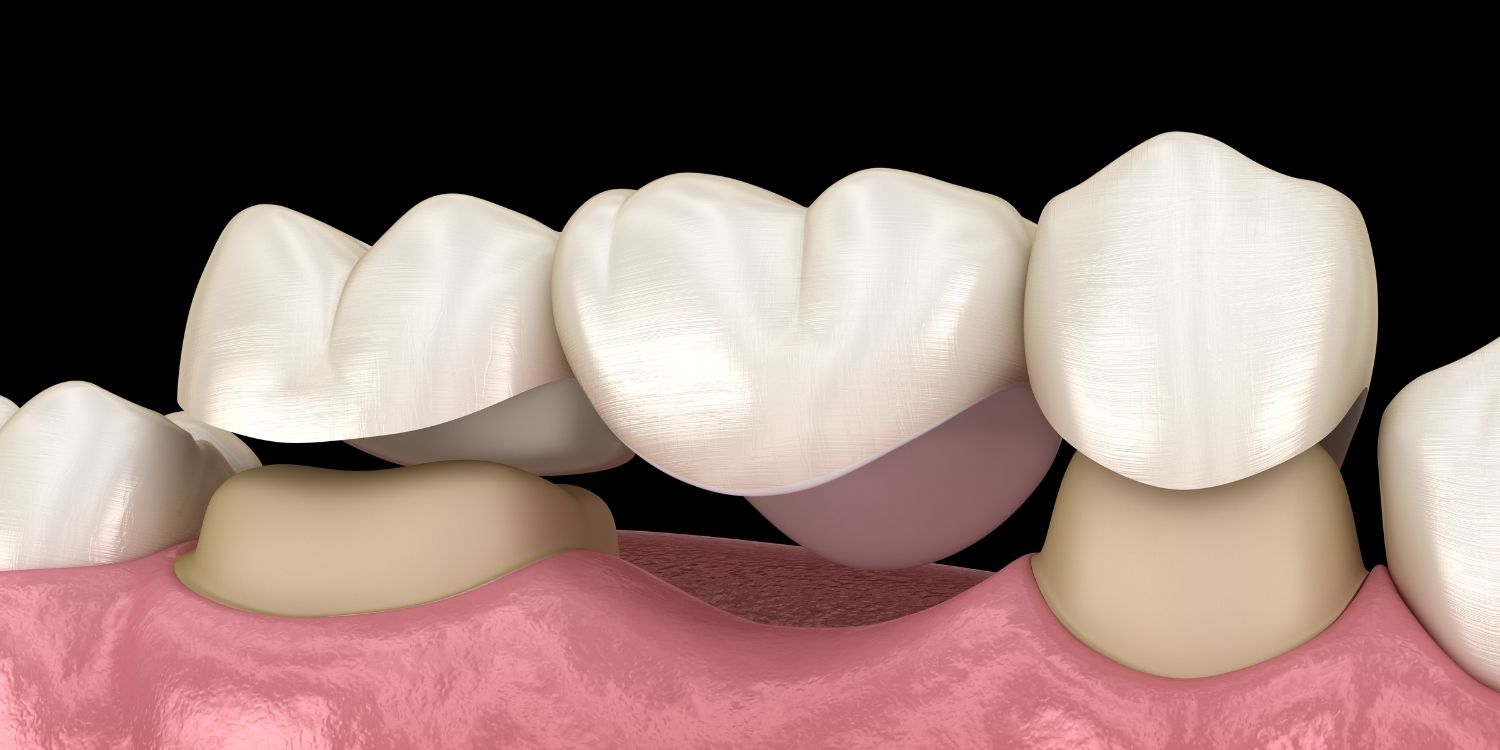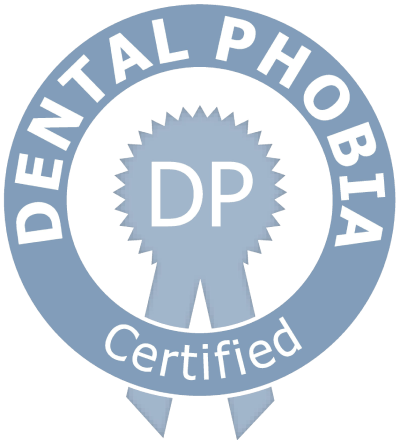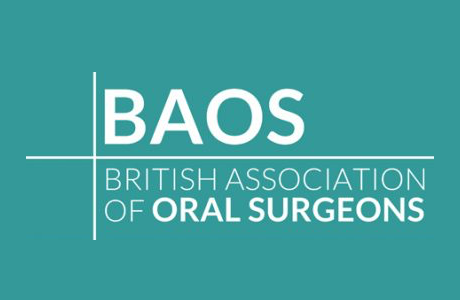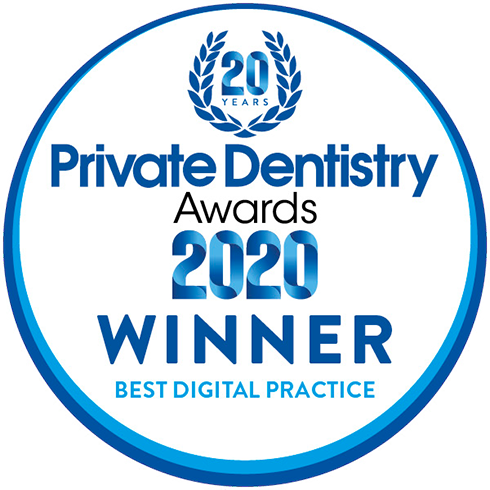
Everything You Need To Know About Dental Bridges
Losing a tooth is a fear common to us all. It’s a comfort knowing that replacing teeth is straightforward thanks to advancements in digital dentistry. Whether tooth loss is caused through natural degradation or the result of an accident, a dental bridge is the traditional solution to restoring a gap in a smile. Often made with ceramic or porcelain, bridges are crafted to replicate the teeth that they replace perfectly, to the extent that no one will be any the wiser that you previously had a missing tooth in its place.
What is a dental bridge?
The traditional dental bridge consists of two crowns affixed to a replacement tooth. On its own, a bridge appears to be three teeth stuck together. The crowns on either side of the bridge in a standard bridge are fixed to the natural teeth on either side of the gap so they support the bridge. The teeth on either side have to be treated to accommodate the bridge, making them into ‘abutment’ teeth. A layer of the natural crown has to be removed, creating ‘posts’, which are small and narrow enough for the bridge to slot over and bond into place. The end result appears to look just like three natural teeth, side-by-side.
Cantilever Bridge
In the case of replacing the back molars, we use cantilever bridges. As we won’t be able to use crowns on either side of the replacement tooth, we instead use the teeth on the inward side. The bridge is fully supported on that one side with two crowns upon the two molars next to the missing back tooth.
Maryland Bridge
A Maryland bridge is more of a temporary option to protect the gap while the final result is being prepared at a dental laboratory. Maryland bridges use metal clasps to fix to the teeth on either side of the gap. At TwentyOneDental, we don’t provide Maryland bridges as we have the facilities to create your bridge on the day you come in for your treatment. Having the benefit of our full team of expert surgeons and on-site dental technicians all under one roof ensures our patients do not have unnecessary delays for treatment.
Implant-supported Bridge
For more than one missing tooth, implants can support a bridge. Dental implants are artificial tooth roots that are placed in the bone and support replacement teeth – either to replace a single missing tooth with a single implant or multiple to support a bridge.
What does the treatment involve?
There are a few steps in having a bridge made and fitted. We’ll use a traditional bridge as an example and our own digital process as a guideline. At TwentyOneDental, we have all the facilities and equipment needed for a flawless treatment under one roof. Where a standard dental practice will take a couple of appointments spanning days or even weeks, we can achieve it all within a single day. Before digital dentistry streamlined the process, it took much longer to treat the abutment teeth, take impressions and fit the bridge that arrives from the dental laboratory. We’ve eliminated the clunky inconvenience from the treatment, making it less invasive, quick and better overall.
1. Assessment
Having a dental bridge will come about following a dental examination. Before we go ahead with the treatment, we need to be certain that the teeth supporting the bridge are in perfect health. We also need to make sure that the supporting structures don’t have any unseen issues so there are no complications down the line. We take x-rays to get an accurate picture of what’s going on under the surface. Once we’re happy that your teeth are strong and healthy enough, we’ll give the treatment the green light.
2. Treatment
Having the abutment teeth treated is naturally the step of the treatment that most patients are nervous about. At TwentyOneDental, we focus on comfort and care at the foremost of everything we do. We also have sedation options for nervous patients to help ease them through having the teeth prepared.
As with all treatments that involve dental work, we use local anaesthetic to remove any discomfort. We then reshape the abutment teeth, leaving the internal structures of the teeth completely intact. The end result turns the teeth into supporting posts for the bridge to fit onto.
3. Digital impressions
Traditionally, the use of a putty-like mould to take impressions of your teeth would be needed. Something that does still happen with some providers. These moulds would then be used to create models of your mouth for technicians to work with when crafting the bridge.
Thanks to our 3D intraoral scanners, we no longer use physical models. Our patients are spared using the large, often very messy putty moulds and instead experience a much less invasive alternative. With our scanner, we take digital impressions in a much quicker process. Patients can view everything that we view at the chair-side via a monitor as we capture scans of the abutment teeth and the rest of the teeth. We need a full picture to create a bridge that will mesh in against the alternating teeth for a perfect bite.
These 3D scans are saved then sent to our in-house dental laboratory. While they get to work, our patients can sit back and relax.
4. Crafting the bridge
We use cutting-edge CAD/CAM technology to digitally craft dental restorations at our clinic. Our ceramic milling unit uses the 3D scans to create the bridge, carving the prosthesis from a single block of ceramic. Once the machine has finished, our technicians then apply the finishing touches. The bridge is colour-matched to accurately blend in with the rest of the natural teeth, then polished down to perfectly resemble tooth enamel in colour, texture and appearance.
5. Fitting
Once our technicians have finished, we then move onto the fitting step. We first make sure the bridge blends flawlessly with your smile, checking for any issues with the fit and carrying out any adjustments if there is a need. The bridge is then fixed to the prepared posts with a strong, dental adhesive. Once bonded, we go through care tips and advice on how to look after your bridge so that it lasts as long as possible.
6. Aftercare
Immediately after treatment, it’s important to try to avoid eating on the side of the bridge to give it some time to recover from the work. Once the bridge has bonded, you’ll be free to eat and do as you please.
Dental bridges can last around ten to fifteen years. Ceramic and porcelain bridges look and function just like natural teeth, but they aren’t as durable as enamel so are more susceptible to breakages. Replacement bridges are straight-forward to arrange, especially when we have 3D scans on file and the means to create the new bridge in moments at our clinic.
Dental health routines at home are essential for a bridge’s longevity. The abutment teeth are still just as vulnerable to dental decay and gum disease. Regular check-ups every six months as well as hygienist appointments are crucial to keeping your bridge functional.
What are the advantages and disadvantages of bridges?
As with any treatment, there are pros and cons that are worth knowing ahead of time so you are prepared. These advantages and disadvantages are for the more common bridge treatment, using your teeth as abutments.
Pros
● Treatment can be completed in a single day
● No oral surgery is necessary
● Fills in a gap and also improves the appearance of the teeth on either side
● More affordable than dental implants
● Less maintenance needed than with partial dentures
Cons
● Treatment permanently alters the teeth on either side of the gap
● Bone structure under the bridge is susceptible to bone degradation
● Not as long-lasting as implants
● Prone to coming loose and breaking
● Can only replace a single tooth
Why do I need to have a bridge?
We understand that there are factors to having dental work that can put patients off having a gap in their smile filled. Whether down to a dental phobia or the cost of dental work, we can help address concerns.
Not only is there an impact on self-confidence, a missing tooth does also affect your general oral health if not addressed. Overtime, your teeth on either side of the gap will shift to move into the gap slightly and this shift causes your bite to change. This causes the teeth to not mesh together as they naturally should, causing the bite structures to wear down and become less effective – also causing damage to the teeth. A misaligned bite can also cause problems for the jawbone, potentially resulting in TMD (Temporomandibular disorder).
Have any questions about dental bridges?
Bridges are a very common treatment so we hope that we’ve covered everything you need to know. If you have any questions about our bridges or want to find out more about our process, our clinically qualified treatment advisor is available to answer both on the phone and online. You can ask our friendly treatment advisor Kayleigh Pizzey on our live-chat feature or give her a call on 01273 202 102.
You can also book an appointment using our 24/7 online booking service here.


 Book Online
Book Online






















